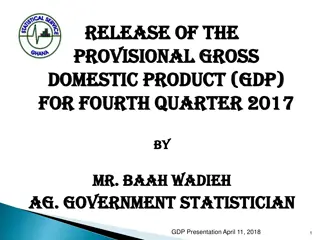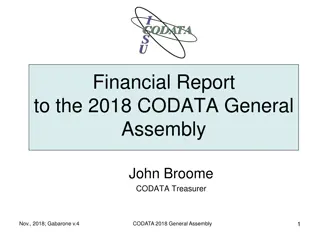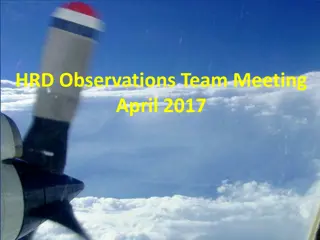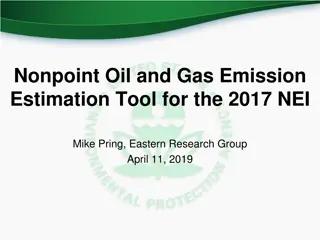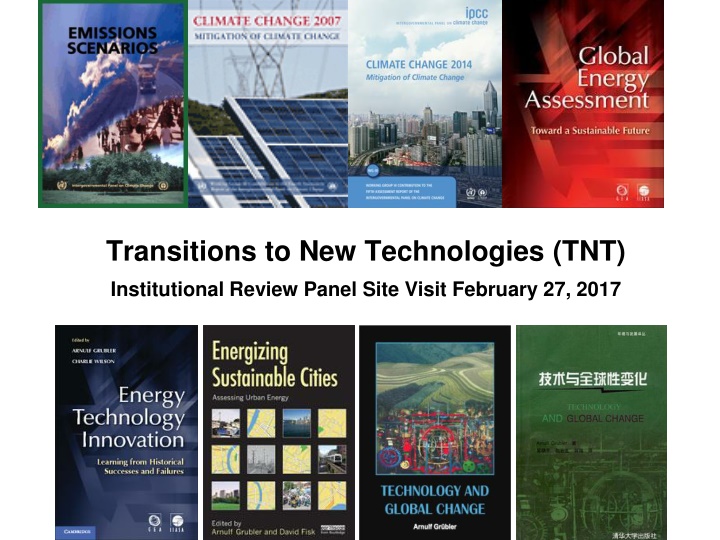
Transitions to new Technologies(TNT)
Explore the impact of new technologies on global change dynamics, focusing on energy, climate, and sustainability. Discover the efficiency of resource use and the importance of technology innovation systems for a sustainable future.
Download Presentation

Please find below an Image/Link to download the presentation.
The content on the website is provided AS IS for your information and personal use only. It may not be sold, licensed, or shared on other websites without obtaining consent from the author. If you encounter any issues during the download, it is possible that the publisher has removed the file from their server.
You are allowed to download the files provided on this website for personal or commercial use, subject to the condition that they are used lawfully. All files are the property of their respective owners.
The content on the website is provided AS IS for your information and personal use only. It may not be sold, licensed, or shared on other websites without obtaining consent from the author.
E N D
Presentation Transcript
Transitions to New Technologies (TNT) Institutional Review Panel Site Visit February 27, 2017
Why study Technology? IIASA s research mission: human dimension of global change Main driver: people and their tools (technology) - embodied knowledge (hardware, artefacts) - disembodied knowledge -- software, know-how, know-why -- orgware (institutions, rules, norms) Policy interest: man-made resource , but.. -- Change costly (investments!) -- High uncertainty (innovation and diffusion) -- Large inertia for major transformations (lock-in, path dependency) -- Slow rates of change (systems/infrastructures)
100 100 Global Access to Technologies (Lorenz Curves) equity line equity line GDP MER 80 GDP MER 100 GDP PPP Cumulative percent of global consumption 80 GDP PPP Granularity Equity Cumulative percent of global consumption cell phones 2000 Cumulative percent of global consumption cell phones 2000 80 cell phones 2014 60 cell phones 2014 radios 2000 60 radios 2000 60 bicycles 2014 0.87 bicycles 2014 automobiles 2013 40 automobiles 2013 40 40 piped water 2012 piped water 2012 electricity 2005 0.26 GDP electricity 2005 20 broadband 2014 20 0.35 20 broadband 2014 0.11 0.08 0.78 0.92 0 Technologies & Infrastructures 0 20 40 60 0 80 100 0 Cumulative percent of global population 20 40 60 80 100 0 Cumulative percent of global population 0 20 40 60 80 100 Cumulative percent of global population
TNT - Transitions to New Technologies TNT niche: - Systems view (innovation systems, techn. complexity) - Novel modeling approaches (agent-based) - Long view (1700 2100) - Metastudies Focus 2010-2015: - ETIS (Energy Technology Innovation System) - Energy & carbon transitions - Climate innovation portfolio biases - International Assessments (IPCC AR5, GEA) Focus 2015-2020: - Nexus (Energy-Land-Water-Air) Technologies - Comparing technological & behavioral change dynamics - Technology & Innovation for SDGs (The World in 2050)
Efficiency of Resource Use (Production AND Consumption): percent of primary input remaining at step of conversion/use chain Example Energy (per service, exergy efficiency) and Water (irrigated agriculture & food, water usage efficiency) Water Crop Food Nutrition
More on TNT & IIASA Science Policy cycles: 1. Retrospective: GEA 2. Prospective: TWI2050 Naki Luis Science assessments: 3. IPCC Caro Matthias Sebastian Outputs: 4. Tools, DBs, community services 5. Publications Keywan Peter Benigna Arnulf



